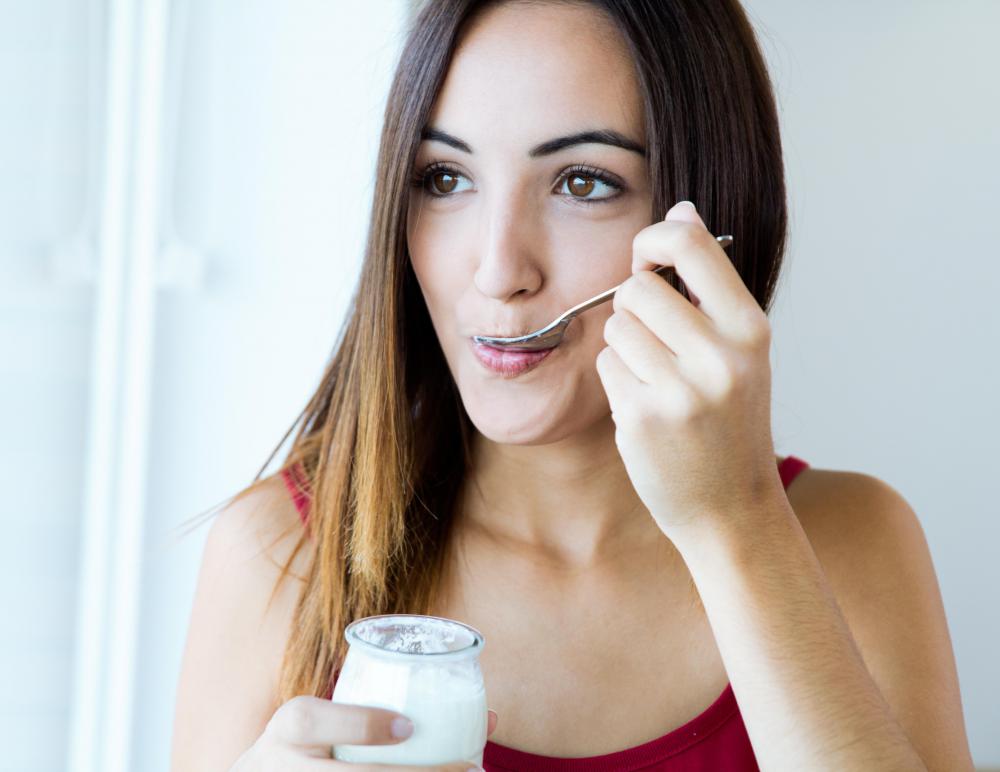At DelightedCooking, we're committed to delivering accurate, trustworthy information. Our expert-authored content is rigorously fact-checked and sourced from credible authorities. Discover how we uphold the highest standards in providing you with reliable knowledge.
What Is Acerola Juice?
The acerola fruit of Latin America, from the tree known as Malpighia punicifolia, looks like a tiny bright-red apple but tastes more like a combination of a cherry and an apple. Also known as the Barbados or West Indian cherry, this fruit is eaten alone, in desserts or as the star of the popular acerola juice. A glass of this drink reportedly packs about 6,500 percent of the body's daily recommended intake of the antioxidant vitamin C.
The tree on which acerola juice depends is thought to have originated in the Yucatan Peninsula of Mexico. It eventually spread throughout Central America and the Caribbean, making its way to the United States from Cuba at the end of the 19th century. In 2011, the tree can be found from Texas and Florida to the northern nations of South America.

At the end of World War II, a medical study by the University of Puerto Rico spurred a renewed interest in the fruit. This came after its high ascorbic acid content — the carrier of vitamin C — was quantified and found to be higher than even the Southeast Asian emblic fruit, which was starting to be planted throughout Latin America. Vitamin C fights not only the common cold but also more serious conditions like scurvy — a vitamin C deficiency. In the wake of this discovery, many countries of Latin America began planting the hardier Barbados cherry trees and making acerola juice to ward off illness.

Acerola juice is made in a variety of ways, mainly by commercial processors. Perhaps the simplest blend is pulped Barbados cherry juice with water and sugar or honey. According to one recipe, 3.5 oz. (about 100 g) of Barbados cherry pulp is needed for about 5 oz. (about 150 ml) of water and at least 1 tsp (about 5 g) of sugar or honey. This is simply the baseline recipe. Many companies, however, make their acerola juice with a blend of acerola and apple juice, or even a blend of acerola, strawberries and blueberries.

The Barbados cherry makes for a refreshing and nutritious drink on its own; however, some cannot leave well enough alone. It is commonly made into baby food, mixed with yogurt and berries, blended into a milkshake, or mixed with orange juice, ice and milk for a citrus-tinged smoothie. Some even add a touch of guava paste to the drink for added sweetness, as if any were needed.
AS FEATURED ON:
AS FEATURED ON:













Discuss this Article
Post your comments